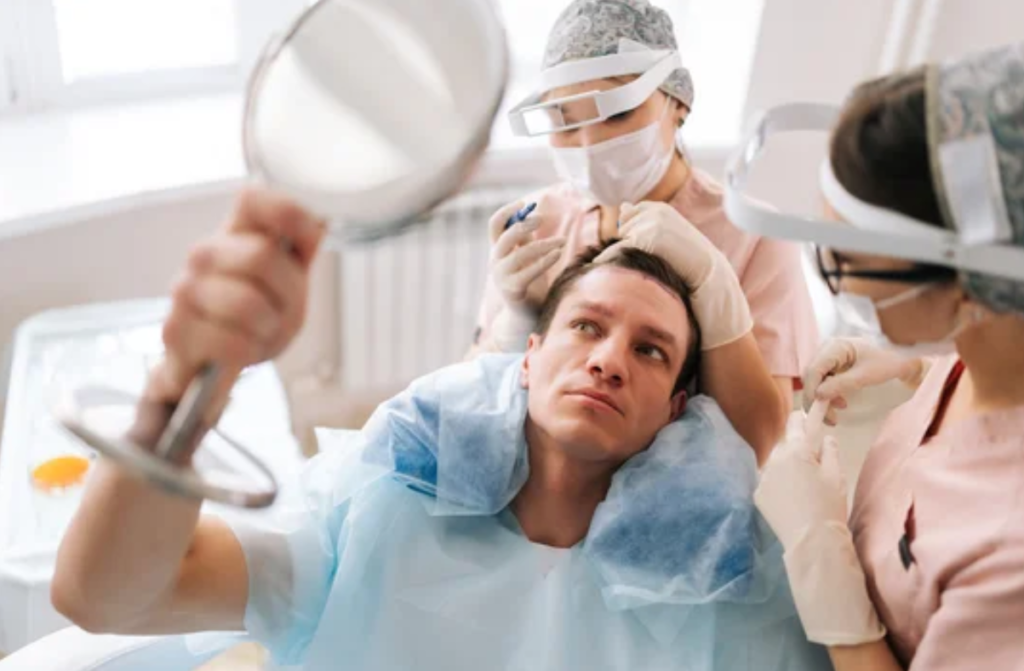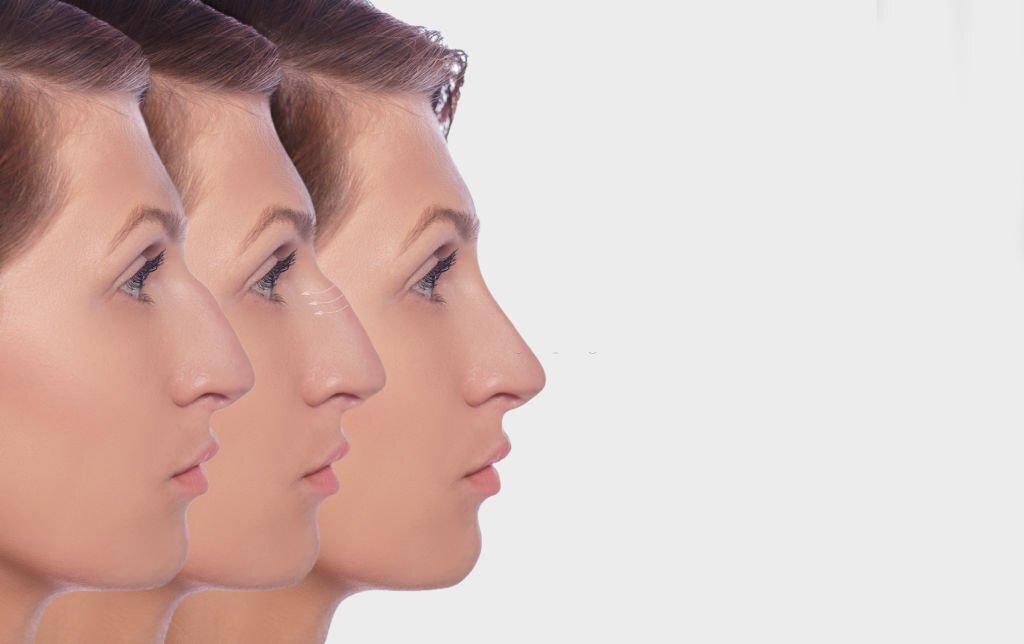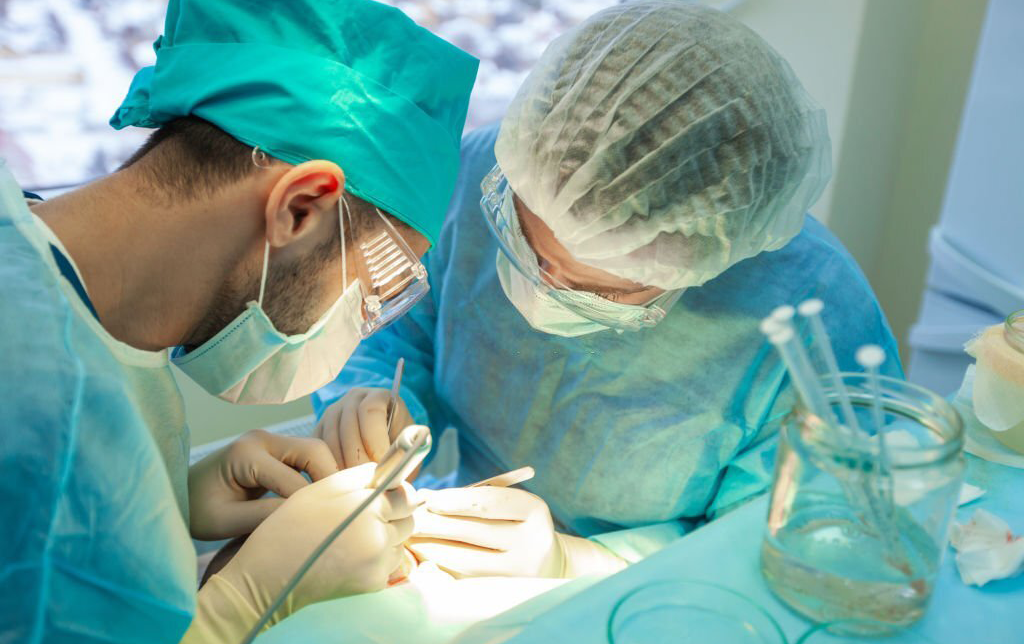Blogs

Medical Treatments for Androgenetic Alopecia in Males
Androgenetic alopecia (AGA), commonly referred to as male pattern baldness, is a prevalent condition that can significantly impact self-esteem and quality of life. Fortunately, various medical treatments are available to manage this condition effectively. This blog explores the different treatment options for AGA, including medications, topical solutions, and emerging therapies.
Cyclic Treatment and Nutritional Supplements
Managing AGA often involves a holistic approach that includes cyclic treatments and nutritional supplements. Key components of this regimen include:
– Proteins: Essential for hair strength and growth.
– Calcium: Supports overall hair health.
– Iron: Prevents hair loss due to iron deficiency anemia.
– Multivitamins: Ensures adequate intake of essential vitamins and minerals.
– Brahmi: A traditional herb believed to promote hair health.
Finasteride: The Gold Standard
FDA Approval and Mechanism
Finasteride, a synthetic 4-azasteroid compound, is the most common treatment for male AGA. Approved by the FDA in 1997, it works as a specific inhibitor of type II 5α-reductase, reducing serum and tissue levels of dihydrotestosterone (DHT), a hormone linked to hair loss. Importantly, finasteride does not have hormonal properties and lacks estrogenic, antiestrogenic, or progestational effects.
Dosage and Efficacy
The optimal dose for AGA treatment is 1 mg daily, taken with or without food. Finasteride is well tolerated, with side effects occurring in less than 2% of patients. Reported side effects include decreased libido (1.8%), erectile dysfunction (0.8%), and decreased ejaculate volume (0.4%). These side effects often subside spontaneously or are reversible upon discontinuation of the treatment.
Minoxidil: Topical Solution for Hair Growth
Mechanism and Usage
Minoxidil, originally used as an oral antihypertensive agent, is now widely used in a 5% topical solution or foam form for AGA. It acts as a smooth muscle vasodilator with mitogenic, nonhormonal effects on epidermal cells, promoting prolonged hair follicle survival and increased proliferation.
Side Effects
Common side effects include contact dermatitis and transient shedding during the first two months of use.
Dutasteride: A Dual Inhibitor
Mechanis
Dutasteride is a dual inhibitor of both types I and II 5α-reductase, inhibiting the conversion of testosterone to DHT. Although not FDA-approved for AGA treatment, it is approved in Korea at a dose of 0.5 mg daily.
Side Effects
Reported side effects include breast enlargement and tenderness, reduced sperm count, decreased libido, erectile dysfunction, and decreased ejaculate volume.
Prostaglandin Analogs
Usage
Prostaglandin F2α analogs like latanoprost and bimatoprost are used to treat ocular hypertension and glaucoma but have been found to promote hair growth. Bimatoprost is now available as a treatment for eyelash growth, and latanoprost is being explored for AGA treatment.
Ketoconazole: An Antifungal Agent
Mechanism
Ketoconazole is an imidazole antifungal agent effective in treating dermatitis and dandruff. It may benefit those with AGA-associated follicular inflammation due to its antiandrogen properties. Studies have shown that ketoconazole shampoo 2% can increase hair density and the size and proportion of anagen follicles when used alongside other AGA treatments.
Emerging Therapies
ACell MatriStem
ACell MatriStem, an extracellular matrix derived from porcine urinary bladder, contains a network of collagens and proteins that recruit progenitor cells, potentially aiding in tissue and follicle regeneration.
Cell Therapy and Cloning
Still in the experimental stage, cell therapy and cloning represent future possibilities for AGA treatment.
Managing androgenetic alopecia involves a combination of established medical treatments and emerging therapies. Finasteride and minoxidil remain the cornerstone treatments, while supplements, ketoconazole, and advanced therapies offer additional support. Consulting with a healthcare provider is crucial to determine the most appropriate treatment plan based on individual needs and circumstances.
Popular Posts

Nose Surgery (Rhinoplasty)
Nose reshaping (rhinoplasty or a "nose job") is an operation to change the shape or size of the nose...

Best Hair Transplant Doctor In Nagpur Location
Saundarya City Uses Modern techniques have enabled advanced methods for surgical hair transplants that can help restore lost hair...



 Book an Appointment
Book an Appointment